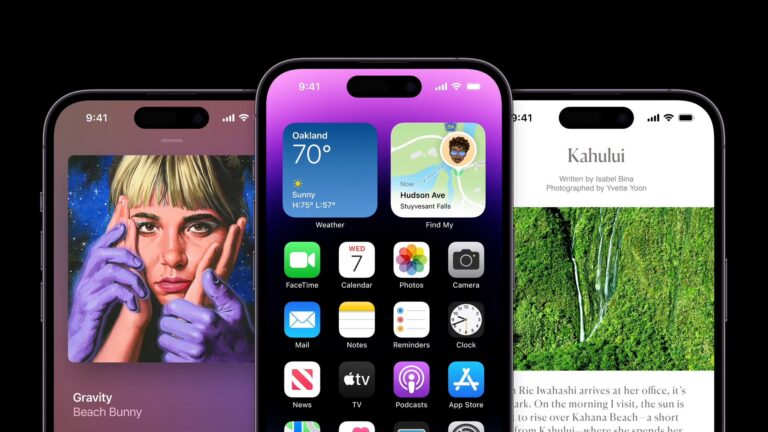
The iPhone’s display has long been a hallmark of Apple’s commitment to delivering an exceptional user experience. 소액결제 현금화 With each new iteration, Apple introduces cutting-edge display technology that elevates the visual quality and usability of its smartphones. In this blog, we’ll delve into the fascinating world of iPhone displays, exploring their evolution, innovative features, and the meticulous engineering that makes them stand out from the competition.
- Retina Display – Redefining Clarity
The introduction of the Retina Display with the iPhone 4 marked a defining moment for smartphone screens. Retina Display boasts pixel densities so high that individual pixels are indistinguishable to the human eye, resulting in unparalleled clarity and sharpness. This technology revolutionized mobile viewing, making images and text appear incredibly crisp and lifelike.
- OLED – Vibrant Colors and Deep Blacks
Apple embraced OLED (Organic Light-Emitting Diode) technology with the iPhone X, delivering vivid colors, high contrast ratios, and true blacks. OLED allows each pixel to emit its light, resulting in infinite contrast and energy efficiency. Users experience stunning visuals with true-to-life colors, enhancing multimedia consumption and gaming experiences.
- ProMotion Technology – Smooth and Responsive
The iPad Pro’s ProMotion technology made its way to the iPhone 13 Pro, introducing a display with a refresh rate of 120Hz. This means the screen updates 120 times per second, resulting in a remarkably smooth and responsive user interface. Scrolling, animations, and touch response feel incredibly fluid, offering a delightful user experience.
- True Tone – Natural Color Temperature
True Tone technology, introduced with the iPhone 8, uses advanced sensors to adjust the display’s color temperature to match the surrounding ambient light. This ensures that the screen always presents colors accurately and naturally, reducing eye strain and enhancing readability in various lighting conditions.
- HDR and Dolby Vision – Immersive Entertainment
The iPhone 12 and later models support HDR (High Dynamic Range) and Dolby Vision, offering users an immersive entertainment experience. These technologies enable the display to deliver a wider range of colors and deeper contrasts, making movies, videos, and photos appear more captivating and true to life.
- Ceramic Shield – Enhanced Durability
The iPhone 12 series introduced Ceramic Shield, a cutting-edge glass technology co-developed with Corning. Ceramic Shield uses nano-ceramic crystals to make the display glass incredibly durable, significantly reducing the chances of damage from accidental drops and scratches.
- ProRes and ProRes RAW Support – Professional Video Editing
The iPhone 13 Pro series introduced support for ProRes and ProRes RAW video formats. These formats offer professionals and enthusiasts the ability to capture, edit, and produce high-quality video content directly on their iPhones. The rich color depth and editing capabilities make it a game-changer for mobile video production.
Conclusion
Apple’s dedication to display technology has consistently elevated the iPhone’s user experience to new heights. From the Retina Display’s clarity to OLED’s vibrant colors, and ProMotion’s smoothness, each innovation enhances how we interact with our smartphones. True Tone, HDR, and Dolby Vision deliver stunning visuals, while Ceramic Shield ensures enhanced durability.
With ProRes and ProRes RAW support, the iPhone has become a valuable tool for content creators and video enthusiasts. As Apple continues to push the boundaries of display technology, users can look forward to future innovations that will redefine the mobile viewing experience. The iPhone’s display is more than just a window into the digital world; it’s a testament to Apple’s unwavering commitment to excellence in every detail of their devices.
